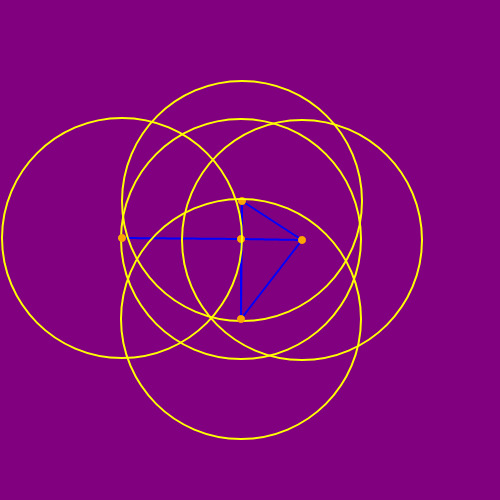I know, that’s a shocker coming from me, Mr. Arbitrary, isn’t it?
If you’re like me (and I know some of you are), when you tried the hands-on Arcolnet page from last week, you ended up with something like this:
Arbitrary Acrolnet #1 ©2022 Chris Culy

That’s just a “meh”, if it even gets to meh level. So why didn’t it come out better?
The flippant answer is that “Art isn’t easy!” However, the ugly truth is that a lot of arbitrary (and random!) things, even with the Arcolnet programs, just aren’t interesting, never mind appealing. I’ll let you in on a little secret: when I’m working on any of my Revisualizing the Visual projects, the vast majority of my efforts go into the bit bucket, the digital dumpster. Sometimes I’ll discard over 90% of the trials. So, in some sense, arbitrary art really isn’t easy. Actually, it resembles photography: the photographer chooses the frame, the moment, the settings, and then chooses again (typically) among the multiple results, discarding most of them.
However, if we are not doctrinaire, we can use that basic Arcolnet program to make things that are a bit more interesting, like these:
Deliberate Arcolnet #1 ©2022 Chris Culy

Deliberate Arcolnet #4 ©2022 Chris Culy

Deliberate Arcolnet #3 ©2022 Chris Culy

The moral of the story: Sometimes deliberateness is better than arbitrariness. With that in mind, go back and see what “deliberate Arcolnets” you can create.